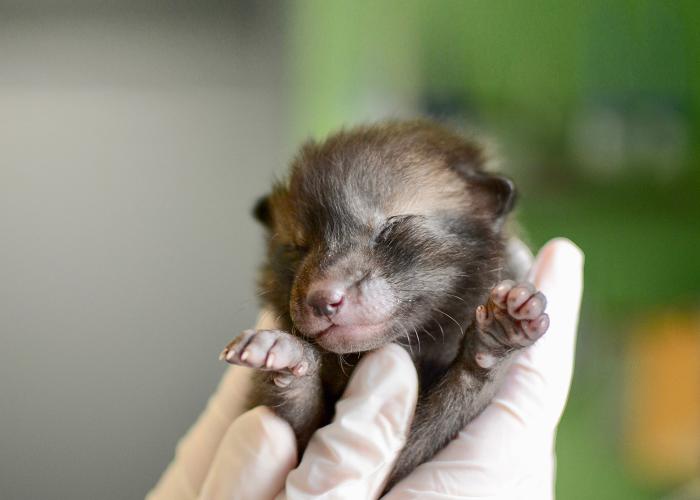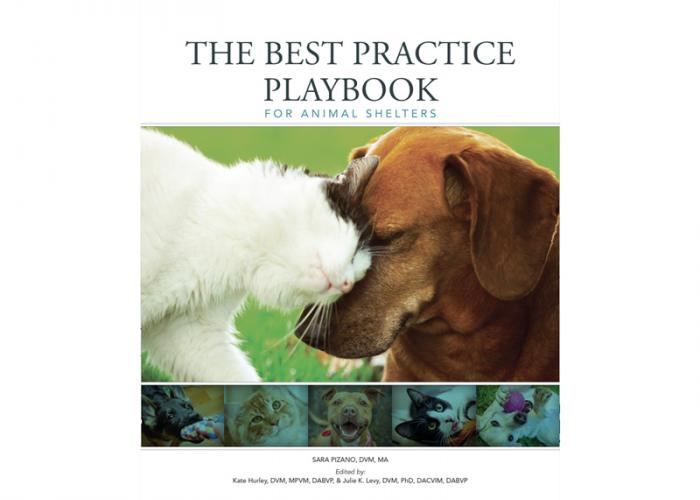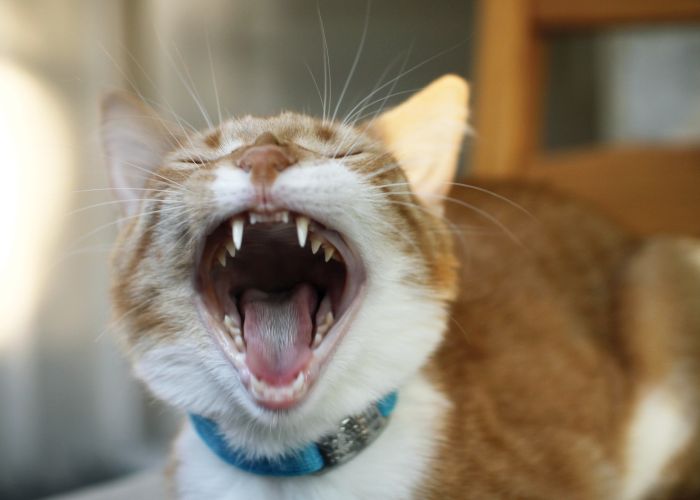Herding cat stats
Free online software helps TNR programs track colony data and more
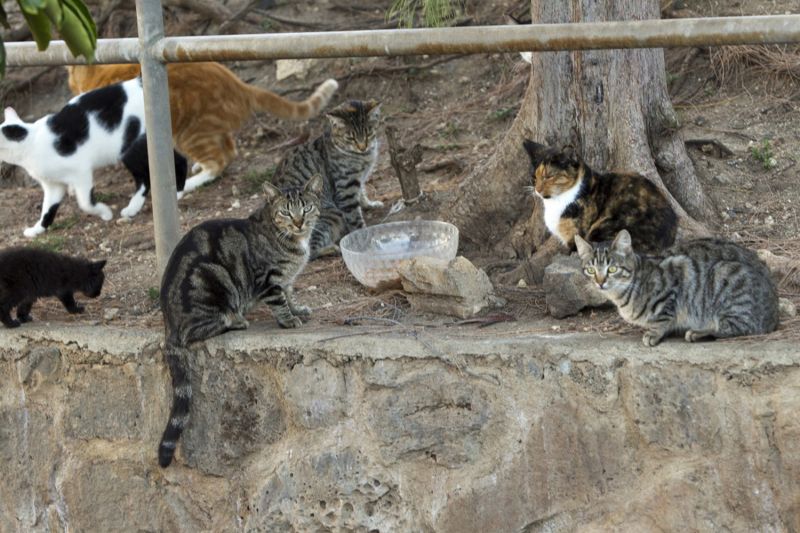
Do you know where your community cats are?
The more successful your trap-neuter-return (TNR) program becomes, the more you’ll be fielding questions like: Who is feeding the cats behind the laundromat on Main Street? Which colony does the ear-tipped orange tabby at the shelter belong to? Who is trapping the 40 ferals at Mr. Smith’s farm? How many cats have we sterilized in our target zip code?
To answer such questions, many TNR program administrators are forced to search through reams of spreadsheets or to rely on the memories and handwritten notes of core volunteers.
As the co-founder of Neighborhood Cats, Bryan Kortis understands the data management challenges inherent in this work. Several years after Neighborhood Cats launched a TNR program in New York City, “we were looking at, ‘Oh my god, we’ve trained over 6,000 people and they all have one or more colonies. We’re going to have to spend all day doing nothing but logging in information.’”
That was the inspiration behind the customized database system Neighborhood Cats developed in 2007, which is designed to make caretakers and volunteer trappers part of the data-entry effort. Over the years, that database has paid off in many ways. By collecting data on sterilization rates and TNR activity in specific areas, Neighborhood Cats has been able to target its efforts more effectively and secure grant funding, says Kortis. Also, the system “has saved the lives of hundreds of ear-tipped cats turned into local shelters. The shelter tells us where the cats originate from, and we’re then able to search our database for nearby colonies and either reunite the cats with their caretakers or determine there are issues requiring relocation.”
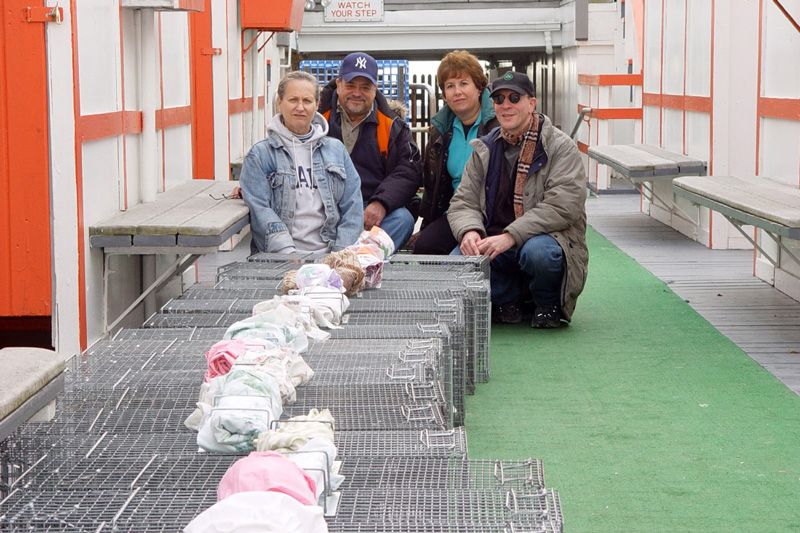
Kortis knew that many other organizations could benefit from a similar system. Last year, with help from a donor, Neighborhood Cats updated the software to create Cat Stats, a free web-based colony tracking system for TNR programs.
Participating organizations get a unique URL that serves as the portal to their database. Caretakers can create their own password-protected accounts, enter details on their colonies or fill out an automated form to request cat food, trapping assistance or other services. While volunteers can register colonies for caretakers who lack internet access, “the more you can drive caretakers to enter their own information and update their own information, the more the system will run itself and the less time demand on you,” Kortis says.
If you’re concerned about data confidentiality, the system allows you to set different permission levels for users based on their roles. For example, caretakers can only see information on their colonies, and designated trappers can view the details on the colonies they’re working on.
Cat Stats is designed to track cats at the colony level (not medical records, microchip numbers and other details on individual cats), but it has some powerful features that TNR practitioners will find invaluable. Did an ear-tipped cat show up in someone’s backyard? Enter the address, and the software will show a map with all the nearby registered colonies. Click on a colony location, and you can view the caretaker’s contact information and other details. If you’re wondering where your volunteer trappers need to focus their efforts, color-coded pins on the map indicate which colonies have been completely sterilized and which still need trapping. Want to send your caretakers and volunteer trappers some winter weather tips? Cat Stats synchronizes with MailChimp, allowing you to send group messages to users. A commenting feature gives caretakers and trappers a place to communicate about issues specific to individual colonies, and all your data can be exported to Excel.
If your TNR program lacks a website, Cat Stats can also fill this need. The home page can be customized, and you can create up to three additional menu items and web pages, such as a list of trap bank locations, spay/neuter clinic dates or a schedule of upcoming workshops.
So far, over 50 organizations are using the software, and Kortis expects that number to grow quickly.
Cat Stats is designed “to help your program organize itself …” he says, “to basically bring more technology into the TNR field as it’s growing and we’re learning more effective strategies.”



